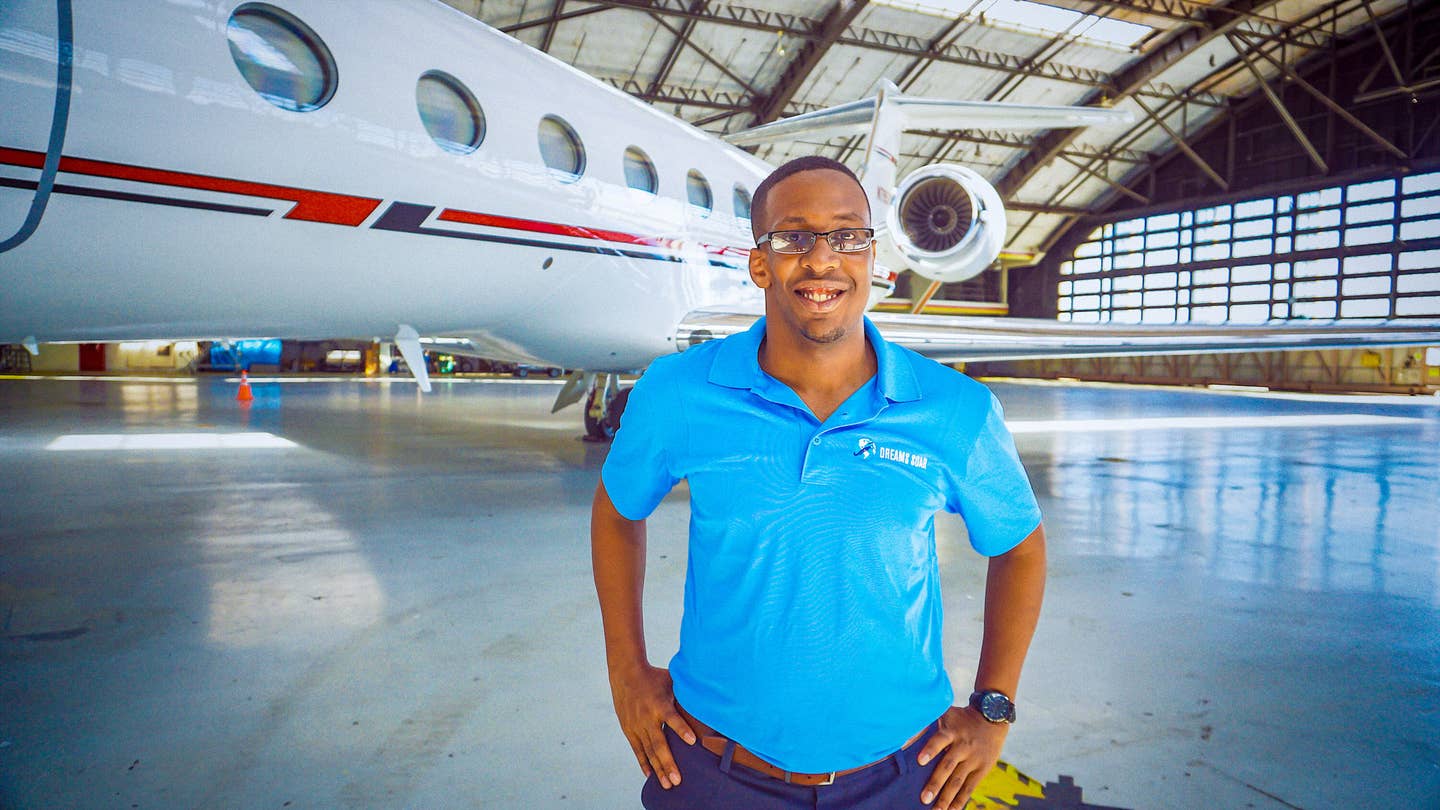
Our new columnist, Michael Wildes, says while his journey to becoming a flight instructor may seem unusual, it really isn’t. Courtesy Michael Wildes
Becoming a flight instructor was the very last thing on my to-do list. If we’re being completely honest, very few pilots decide to do so on their own.
So how did I find myself in this position?
In 2009, Colgan 3407, a Continental Airlines passenger flight, crashed into a house after an aerodynamic stall. The NTSB later determined that the crash was the result of the pilot ignoring stall warnings. In all, 50 people died.
After that tragedy, Congress decided to review a 1986 legislation and drafted the Airline Safety and Federal Aviation Administration Extension Act of 2010. The act directed the FAA to require that commercial pilots seeking an airline transport pilot (ATP) certificate would have to acquire at least 1,000 hours to get a restricted ATP or 1,500 hours to qualify for a full ATP—the ominous 1,500-hour rule.
This all happened as I was joining the industry, unaware of what was ahead for me. I began flight training in 2012 and quickly became swept up into the cohort of pilots whose timeline from zero to hero shifted rapidly. We now needed new ways of acquiring the additional flight time. This was all on top of our commercial certificates we needed on the way to our “serious jobs.”
So, besides a commercial certificate, what was the rating that closed the gap quickly? A flight instructor rating. Plus, if you actually wanted to make a “living,” bundling it with a CFII, plus, just to keep you on your toes, a multiengine instructor rating (MEI).
Suddenly, fate was decided for a new breed of pilots.
Following the rule change, it became almost irresponsible to not earn a CFI. It was as if overnight an entire industry had to pivot.
I had to wonder: Did one incident cause all this?
What Roman general Maximus told his army in the opening scene of “Gladiator” about “What we do in life, echoes in eternity” became abundantly clear. My actions as a pilot are a part of the larger narrative. The “quantity over quality” debates have made their rounds since the changed mandate, and there are so many downstream effects that we have yet to uncover.
Either way, it isn’t unreasonable to say that there’s an industry secret: For many, being a flight instructor is a pass-through job. A very weird conundrum, since instructors shape the arc of your entire career.
Shouldn’t more experienced pilots be at the helm, shaping and guiding new pilots? Even when I introduce myself as a flight instructor, most people still ask “So when are you really going to become a pilot?”
All of a sudden, I’m famous slam poet Taylor Mali at the dinner table reciting his poem about what teachers make.
“I make them understand that if you’ve got this,
then you follow this,
and if someone ever tries to judge you
by what you make, you give them this.”
Yet, as much as I came into instructing kicking and screaming, I admit that my way to 1,000 hours has been a growth experience. Like most pilots, I realized I truly didn’t understand the very basics of flying until I had 500 hours of dual given. Undoubtedly, being an instructor has sharpened my knowledge.
A New Journey Begins
What have I learned over my years as an instructor? That’s what I’ll be discussing in this new column. I started to write down the series of thought patterns, rules, and guiding principles that have served me well. In many ways, I stole them from reading or watching more experienced teachers and placed them in my instructor’s toolkit, and I have shared many of them with students along the way.
I don’t claim them to be the only way—just mine. In my most prolific year, I flew with pilots from nearly 80 countries and flew nearly 700 hours. Along the way, I realized how standard flying is, and how it could be simplified so that anyone could learn. I would debate that it isn’t as difficult as the industry has made it if you have the right mental models.
Based on that, I also believe that almost anyone can become a pilot, and if money was no object, everyone should at least get their private certificate.
At the same time, I’m after universal truths. I want to gather all the other patterns that just work. That means I want to hear from you as we begin this journey.
Instead of only sharing my limited point of view, I plan to share what instructors of all sorts of other aircraft would want you to know. The most common question I’ve heard bystanders ask at airshows is “So, how does it fly?” I think we all have an inkling to understand the mechanical & mental nuances of training in, and flying unfamiliar aircraft. So, I’m prepared to blend my earned domain knowledge with those of instructors.
Finally, we’ll also discuss the second-order effects of the new mandate 10 years later. There’s so much that has happened in the industry, and with many shifting trends in technology and globalization, we are constantly at inflection points, with more to come.
My goal is to help others consider the whole spectrum as they decide on their careers. I hope this column provides clarity for other instructors, students, and all stakeholders along the way.
Blue Skies!
Michael Wildes is an aviation professional with an appreciation for all things aviation, media, business, and philanthropy. A 2016 Embry-Riddle graduate, Wildes has his bachelor’s degree in Aeronautical Science, and currently works at the university’s flight department as a flight check airman. He’s also served as an assistant training manager and quality assurance mentor. He holds MEI, CFI, and CFII ratings.

Sign-up for newsletters & special offers!
Get the latest FLYING stories & special offers delivered directly to your inbox






